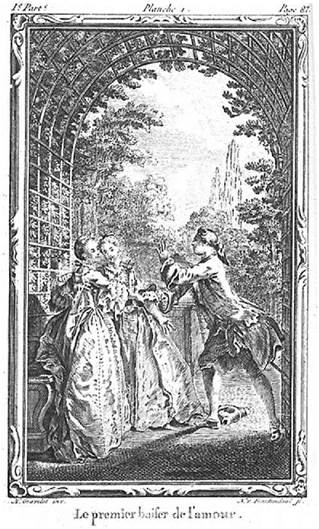Jan Woudstra
Man’s philosophical view of nature has altered across different historical periods and political movements, and this has been reflected in the way that plants are used. Ecological ideas and principles, although not necessarily referred to as such at the time, have been applied in landscape and garden design much longer than is generally appreciated. Two main applications of ecological ideas can be traced over the last 200 years or so: the plant geographic approach that aims to recreate representative examples of specific vegetation types from around the world (or their essential character); and the physiognomic approach that aims for natural character, patterns and functioning in vegetation, but without particular regard to the geographic origin of the component species.
Whilst gardens have always been recognised as a creation of art and nature, seventeenth-century gardens, for example, are nowadays perceived as highly artificial. Yet in their heyday, designers were perceived as assisting nature. This can be illustrated with the example of the gardens at Versailles. A now famous account by Le Duc de Saint-Simon, written after the death of its designer Andre le Notre, noted: ‘His only thought was to aid nature and reveal beauty at as low a cost as possible’ (Norton 1980:59). It is clear that clipped hedges, avenues and parterres de broderie were being perceived as nature perfected.
Over the next half-century after Le Notre’s death in 1700, the perception and view of nature gradually changed. Reference was now made to the pictorial quality of nature, with certain painters depicting the
 |
2.1
Enlightenment supported a new vision of nature—here Rousseau’s novel Julie ou la Nouvelle Heloi’se (1761) is enacted in a garden (Rousseau 1767: plate 1)
distinctive moods of the natural world, with, for example, Claude Lorrain representing the beautiful scenes of nature, and Salvator Rosa the terrible and the sublime (Jacques 1983:59). Yet the practice of gardening that represented these various moods adhered by and large to the predominant model of graduated shrubberies and flowerbeds, and clumps and masses of trees (Laird 1999). This clearly illustrated a divergence between the ideal and the practice, which already became perceived as such by the end of the eighteenth century, when the planting of parks was considered to be too neat, and ended in the Picturesque debate in Great Britain. This, in turn, stimulated a new manner of planting design—picturesque planting—in the early nineteenthcentury, and which became the predominant ideal for planting proposals in public parks (Legate 2000).
In England, enlightened thinkers, such as Alexander Pope, Joseph Addison and Anthony Shaftesbury, supported this new aesthetic vision of nature. In France, Jean – Jacques Rousseau in his novel Julie ou la Nouvelle Helo’ise (1761) depicts a vivid picture of a garden of trees, of which the irregularity was an attempt to imitate nature as closely as possible. Nature gardens avoided architectural decoration and attempted to create an ideal Elysium, one which would represent pure nature (Figure 2.1). Johann Wolfgang Goethe’s novel Die Leiden des jungen Werthers (1774) was influenced by Rousseau’s work and similarly envisaged the Elysian Fields, which led him and others to imagine nature in the form of a park. This new ideal led people to reasses ever increasing human interventions in a different light as representing a break in the harmony with nature. The German philosopher and natural historian Alexander von Humboldt, who was connected with Goethe, found inspiration in far away countries where he studied nature and wrote about it in order to inspire a higher pleasure (Hermand 1997).
Humboldt assessed nature by means of a scientific methodology and by inspired analyses. This specifically encouraged a new understanding of the world’s vegetation and inspired a new practice of planting parks and gardens, related to the arrangements in nature. Referred to as plant geographical or phytogeographical planting, this gradually grew into ecological planting, becoming more sophisticated with advancing knowledge. Whilst the politics of the ecological movement have been well-explored, this has not been the case for the practice of ecological planting. This chapter explores these scientific approaches, and how traditions were handed on and developed from one generation to the next. It concentrates on scientific rather than artistic approaches and excludes vegetation created in what would now be interpreted as being in a nature-like or ecological manner, as for example grassy swards enriched with—often exotic—perennials, the so-called ‘enamelled mead’. These meads represent an ancient horticultural practice, which precedes ecological thinking and are the subject of a publication by Woudstra and Hitchmough (2000). This chapter does not aim to be all inclusive but concentrates on some of the main trends in five countries, where this type of planting has had a profound influence on landscape design and management, and which, at some time, has been considered exemplary.



